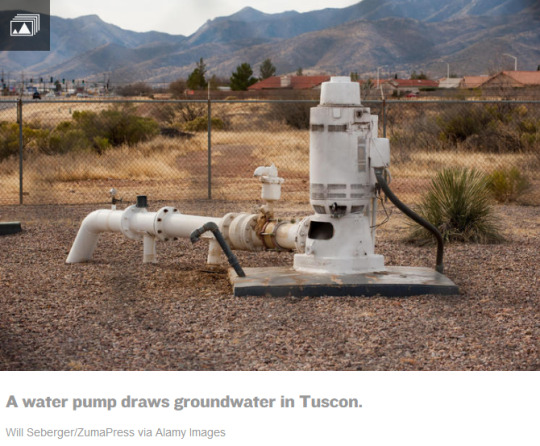#dont like NRDC and how they frame things as Resources and Value but do like seeing callouts of USBLM and their cattle barons
Text



In a hushed corner of southern Arizona, sunlight glints off an emerald-colored plant with resplendent helmetlike flowers and the stature of a spindly adolescent. Called the Arizona eryngo, it’s a member of the carrot family that can top five feet in height and feeds pollinators ranging from hummingbirds to [bees]. It’s also among the rarest plants on earth, clinging to existence in two precarious Arizona wetlands known as cienagas. One of those cienagas is here on the edge of the San Pedro River, a waterway that’s also fighting for its life. As the impacts of climate change, groundwater depletion, and ranching reshape the landscape, the fate of the eryngo and that of its riverine home are profoundly intertwined. [...] The San Pedro is Arizona’s last free-flowing waterway and ranks among the Southwest’s most important bird migration corridors.
Roughly 40 miles of the river fall within the 56,000-acre San Pedro Riparian National Conservation Area, where one can find more than 350 bird and 80 mammal species, including nearly 20 that are threatened or endangered. They range from the yellow-billed cuckoo and southwestern willow flycatcher to the tiny loach minnow, all dwelling beneath huge canopies of willows, cottonwoods, and mesquites.

But even the San Pedro’s special status offers scant protection against urban sprawl. As the city of Sierra Vista edges ever closer, the water table feeding the river and cienaga is already losing 5,000 acre-feet of water annually. [...]
[T]he preserve is under siege. It is administered by the BLM, which not only fails to control trespassing cattle but even allows grazing on parts of the refuge [...]. Amid it all, the lovely Arizona eryngo lingers on the edge of extinction. Yue Li, a research scientist with the University of Arizona and the Arizona–Sonora Desert Museum, has studied the plant extensively. “The eryngo is unique in that it occupies only the toughest wetlands,” he says. [...] Natural wetlands in arid reaches of New Mexico and Arizona have shrunk by 95 percent since the late 1800s [...]. Rather than recognizing that surface water and groundwater interact and connect in nature -- collectively feeding our springs, streams, and the roots of many plants -- Arizona manages these resources separately. [...]

Over-pumping has profoundly impacted the river; today, portions of the San Pedro no longer flow at all during certain times of the year, leaving dry, sandy stretches that can’t support bird or native plant life. The shrinking water table has also led to an increase in non-native vegetation such as aggressive and deep-rooted tamarisk trees, which have begun crowding out the San Pedro’s towering cottonwoods.
-----
Tim Vanderpool. “Saving a Rare Plant and Rescuing a River.” NRDC. August 2019.
19 notes
·
View notes